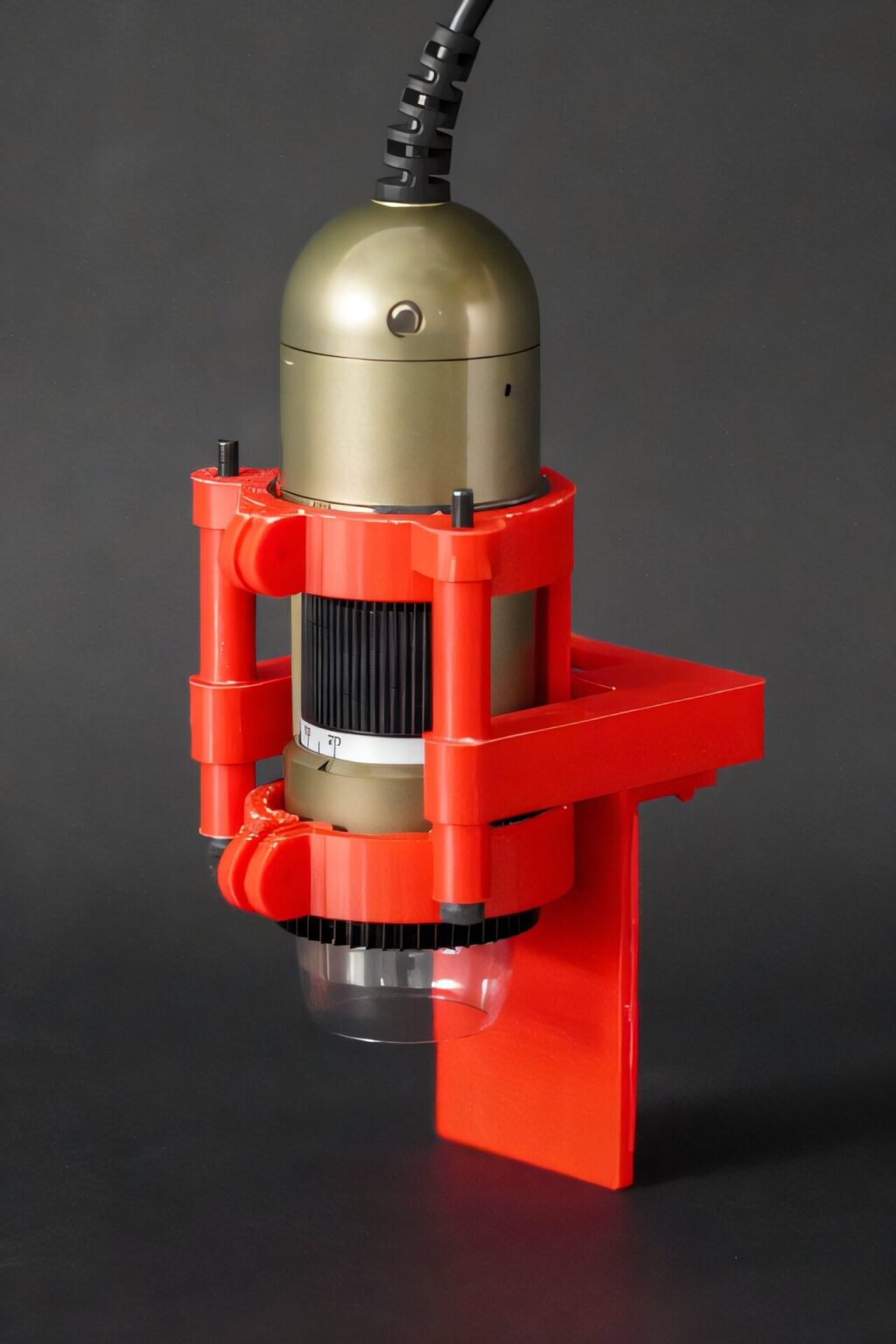
The field of tissue engineering, which seeks to replicate the structure and function of biological tissues, has taken a significant leap forward with the development of a new 3D bioprinting technique. This innovative approach, spearheaded by researchers from MIT and the Polytechnic University of Milan (Polimi), promises to boost the output and quality of engineered tissues, with potential applications in disease modeling, drug discovery, and implantable grafts.
3D bioprinting has become a cornerstone of tissue engineering, utilizing living cells, biocompatible materials, and growth factors to construct three-dimensional tissue and organ structures. Traditionally, this process involves additive manufacturing techniques, where 2D layers of bio-inks are deposited into a support bath to build a 3D structure layer-by-layer. Despite its ability to fabricate complex architectures, current methods face limitations, particularly in process control and reproducibility.
Addressing Limitations in Bioprinting
According to Ritu Raman, the Eugene Bell Career Development Chair of Tissue Engineering and an assistant professor of mechanical engineering at MIT, a major drawback of existing 3D bioprinting techniques is their lack of integrated process control methods. “Incorporating process control could improve inter-tissue reproducibility and enhance resource efficiency, for example, limiting material waste,” Raman explains.
The need for improved process optimization led Raman to collaborate with Professor Bianca Colosimo of Polimi. Colosimo, who recently completed a sabbatical at MIT, emphasizes the transformative potential of Artificial Intelligence (AI) and data mining in 3D bioprinting. “Artificial Intelligence and data mining are already reshaping our daily lives, and their impact will be even more profound in the emerging field of 3D bioprinting,” she notes.
Innovative Solutions and Collaborative Efforts
During her sabbatical, Colosimo worked alongside Raman and her team to co-develop a pioneering solution for intelligent bioprinting. This collaboration resulted in a novel technique, detailed in a recent paper published in the journal Device, which addresses the challenges of current bioprinting methods. The team introduced a modular, low-cost, and printer-agnostic monitoring technique that integrates a compact tool for layer-by-layer imaging.
The method employs a digital microscope to capture high-resolution images of tissues during printing, which are then rapidly compared to the intended design using an AI-based image analysis pipeline. “This method enabled us to quickly identify print defects, such as depositing too much or too little bio-ink, thus helping us identify optimal print parameters for a variety of different materials,” Raman states.
Impact and Future Prospects
The newly developed approach is not only cost-effective—at less than $500—but also scalable and adaptable, making it readily implementable on any standard 3D bioprinter. At MIT, the monitoring platform has already been integrated into the 3D bioprinting facilities in The SHED. “Beyond MIT, our research offers a practical path toward greater reproducibility, improved sustainability, and automation in the field of tissue engineering,” Raman adds.
By enabling real-time inspection, adaptive correction, and automated parameter tuning, the researchers anticipate that the approach can improve reproducibility, reduce material waste, and accelerate process optimization for real-world applications in tissue engineering.
Implications for Human Health
The implications of this research extend beyond academic and industrial settings. The enhanced quality and reproducibility of engineered tissues could significantly impact human health by improving the study and treatment of debilitating injuries and diseases. The technique also lays the groundwork for intelligent process control in embedded bioprinting, potentially revolutionizing the field.
As the collaboration between MIT and Polimi continues, the twin platform established in both labs will facilitate ongoing data exchange and joint projects, paving the way for further advancements in 3D bioprinting technology. With AI and data-driven approaches at the forefront, the future of tissue engineering looks promising, offering new hope for medical breakthroughs and innovations.






